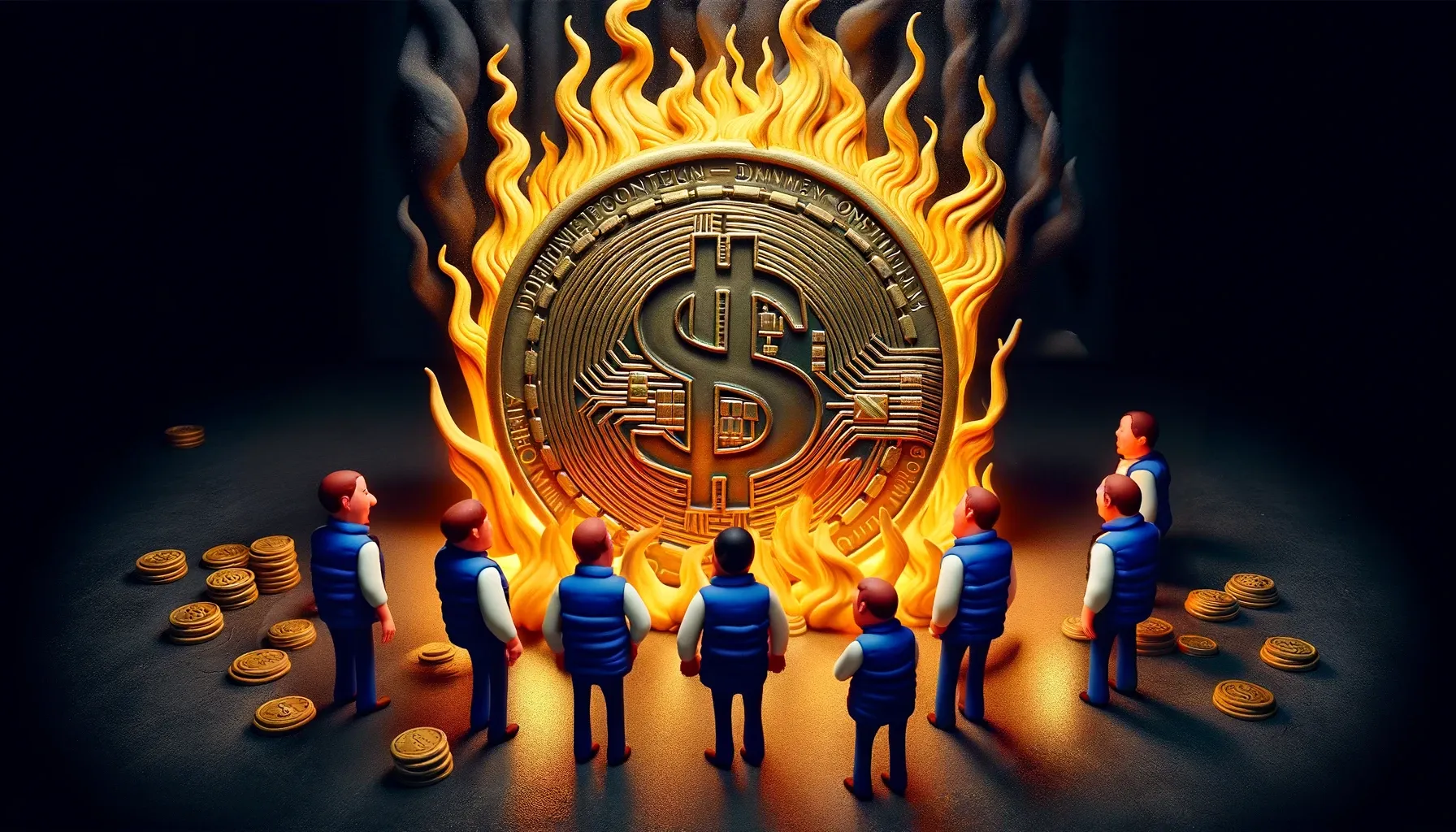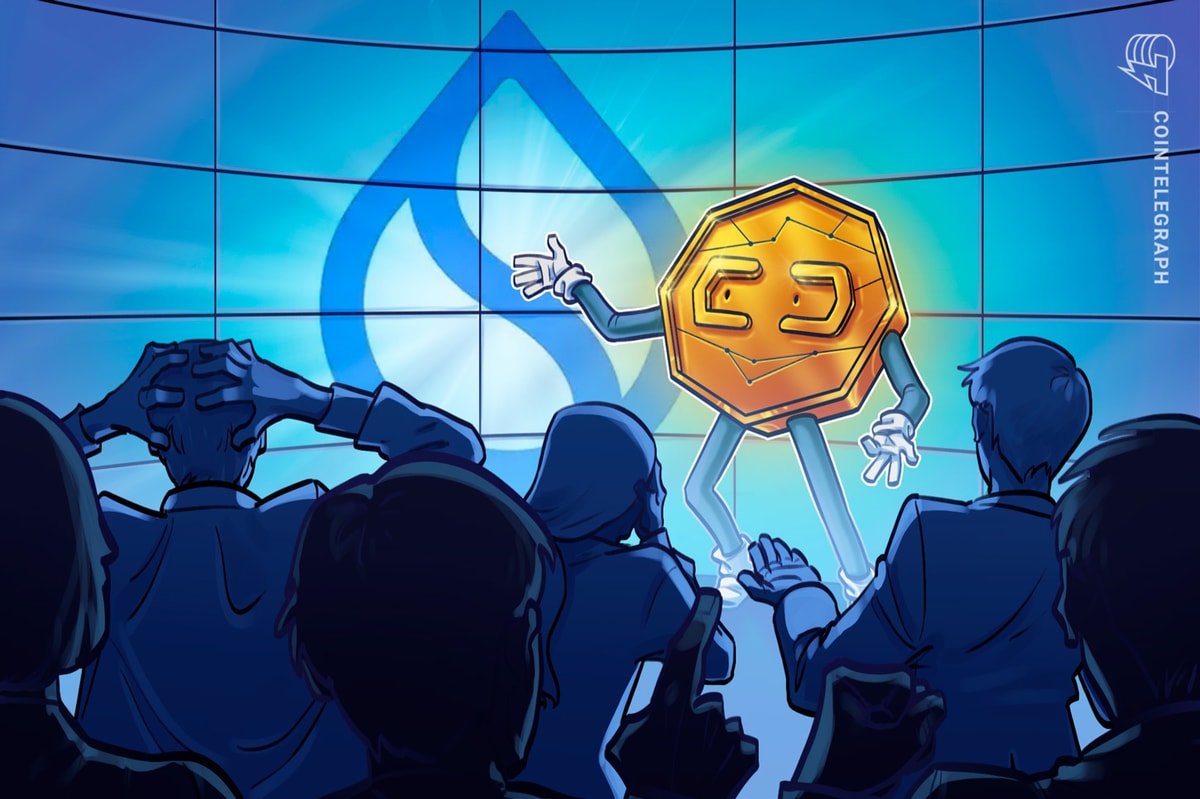Don’t Ape That. Prolific pseudonymous crypto trader “Cobie” has been largely absent from industry discourse in recent months but returned yesterday, publishing a lengthy screed to his blog discussing the issues and misconceptions surrounding new token launches. Why does Cobie think new tokens are going down-only from here?
Despite Cobie’s hopes that crypto market participants would have become more sophisticated when investing in low-float, high-FDV tokens (crypto assets that have only a small percentage of their total supply available for trading), retail capital continues to blindly flock to these tokens, with traders seemingly forsaking the lessons they should have learned from the damage wrought by unlocks during the 2021-2022 bear market.
Crypto valuations have swelled from the industry’s nascent days alongside increasing demand for the technology and proven returns for blue chip assets like BTC and ETH, but a glaring divergence has formed between the returns available to public and private investors.
Why This Cycle Is Cooked on Bankless
The ‘points’ meta isn’t sustainable.

Ethereum ICO participant returns are only 1.5x better off than those who purchased at the lowest publicly traded price, but investors in Solana’s seed rounds have enjoyed 10x higher returns than those available on public markets…
Optimism’s initial private investors bagged 30x higher returns than public market participants. Meanwhile, practically every public market purchaser of STARK is underwater as seed investors flaunt 138x paper gains!
Purchasing Solana at a $5B FDV in December 2022 was arguably one of the best liquid token plays of the post-COVID era, but this depressed valuation was only achieved through the excoriation of FTX; increasingly, it appears that crypto alpha has come to be entirely captured by private market participants.
Although the presence of a low float itself is not necessarily problematic, the reduced capital required to pin such tokens at high valuations leaves them liable to be easily manipulated and distorted by bad actors.
As uninformed token buyers purchase low-float tokens on the public market with the expectation of future profit, they are blind to the fact that price discovery has already taken place in a private market that is either rigged, delusional, or both.
Prior to the public market launch of tokens, valuations are not yet in price discovery mode, instead reaching the maximum price private market investors are willing to pay. Once tokens begin trading in public markets, dislocations can occur between the prices uneducated public market-restricted retail buyers are willing to pay and the alternative prices sophisticated investors can pay through private markets.
Cobie claims that it’s currently impossible to “be early” to contemporary token launches when all of the near-term upside has already been captured by private market participants and advises investors to simply opt out of playing the games insiders use to inflate their FDVs by simply not purchasing new tokens, even if they believe the project is good.
While it was Cobie’s Substack article that turbocharged the debate on low float, high FDV tokens, Dragonfly Capital managing partner Haseeb Qureshi also addressed the topic via long-form Twitter post.
Here it is: https://t.co/hgyQwXTBx7
— Haseeb >|< (@hosseeb) May 19, 2024
In his analysis, Qureshi addresses three of the leading hypotheses for why these tokens are dumping: insiders dumping on retail, retail is rage quitting to buy memecoins, and there is too little supply to have meaningful price discovery.
After providing evidence to reject each of these explanations, Qureshi comes to the conclusion that there is simply nothing to do, as the free market will eventually force valuations to come back into balance with fundamentals.
Crypto’s alt markets went into risk-off mode in the middle of April, seemingly on fears of elevating Middle Eastern conflict, a fact clearly evidenced through the steep declines experienced by many of crypto’s newest tokens since this ominous turning point.
FOMO is a powerful force that compels investors to ape the newest tokens with the shiniest narratives, but unfortunately, it appears that demand for these assets dried up last month and prices must further digest inevitable unlocks before alts can yet again outperform.
Read More: www.bankless.com









 Bitcoin
Bitcoin  Ethereum
Ethereum  Tether
Tether  XRP
XRP  Solana
Solana  USDC
USDC  Dogecoin
Dogecoin  TRON
TRON  Cardano
Cardano  Lido Staked Ether
Lido Staked Ether  Wrapped Bitcoin
Wrapped Bitcoin  Wrapped stETH
Wrapped stETH  Sui
Sui  Hyperliquid
Hyperliquid  Chainlink
Chainlink  Avalanche
Avalanche  Stellar
Stellar  LEO Token
LEO Token  Bitcoin Cash
Bitcoin Cash  Toncoin
Toncoin  Shiba Inu
Shiba Inu  USDS
USDS  Hedera
Hedera  WETH
WETH  Wrapped eETH
Wrapped eETH  Litecoin
Litecoin  Polkadot
Polkadot  Monero
Monero  Binance Bridged USDT (BNB Smart Chain)
Binance Bridged USDT (BNB Smart Chain)  Bitget Token
Bitget Token  Ethena USDe
Ethena USDe  Pepe
Pepe  WhiteBIT Coin
WhiteBIT Coin  Pi Network
Pi Network  Coinbase Wrapped BTC
Coinbase Wrapped BTC  Dai
Dai  Aave
Aave  Uniswap
Uniswap  Bittensor
Bittensor  Cronos
Cronos  OKB
OKB  Ethena Staked USDe
Ethena Staked USDe  Jito Staked SOL
Jito Staked SOL  NEAR Protocol
NEAR Protocol  Aptos
Aptos  BlackRock USD Institutional Digital Liquidity Fund
BlackRock USD Institutional Digital Liquidity Fund  Tokenize Xchange
Tokenize Xchange  Ondo
Ondo  Ethereum Classic
Ethereum Classic